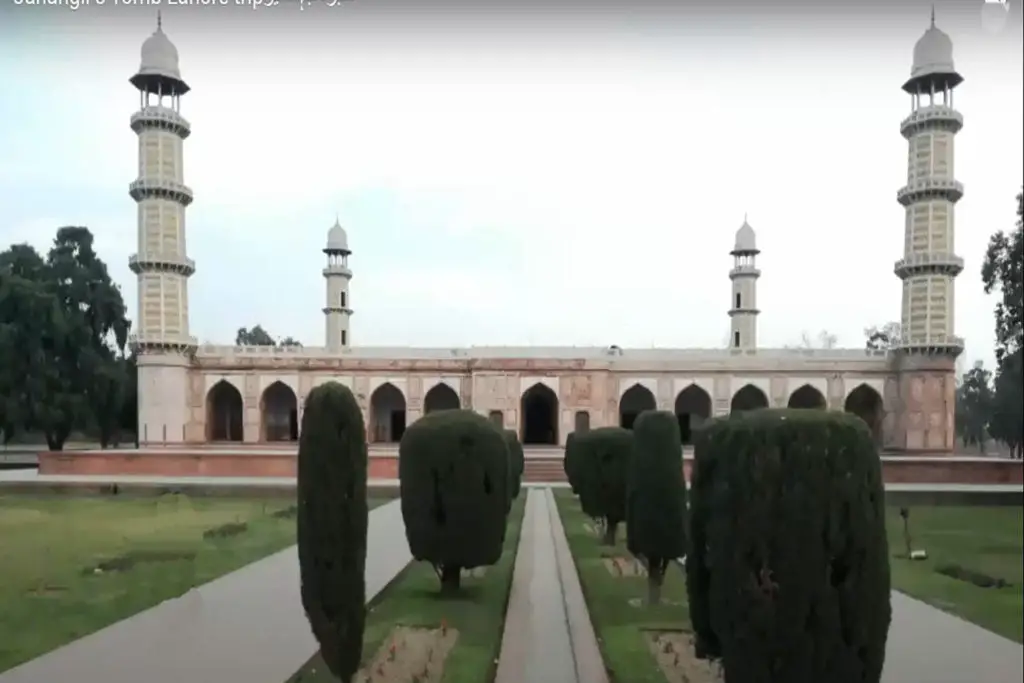The Kushan Empire, also known as the Kushana Empire or Kushanshahs, was a powerful state that ruled over parts of Central Asia and the subcontinent from the 1st to the 3rd century AD. This period of Pakistan’s history is known as the Kushan period, and it saw the rise of a unique culture and art that blended Hellenistic, Indian, and Central Asian influences.
Who started the Kushan Empire?
The Kushan Empire was founded by Kujula Kadphises, who established his rule in the area around the ancient city of Taxila, in present-day Pakistan. He was succeeded by his son, Vima Takto, who expanded the empire’s territories into Afghanistan and northern India. The Kushan rulers were known for their military prowess and their skill at diplomacy, which allowed them to maintain a stable and prosperous empire for several centuries.
Kujula Kadphises was a Yuezhi chieftain who overthrew the Indo-Greek rulers of Bactria and Gandhara. The empire reached its zenith under the reign of Kanishka the Great, who ruled from 127 AD to 150 AD.
Kushan Empire Religion
The Kushan Empire was a diverse and cosmopolitan state that was home to a wide range of ethnic and religious groups. The empire’s rulers were initially of Central Asian origin, and the court language was Bactrian, an eastern Iranian language. However, over time, the empire became more Indianized, and the rulers adopted Sanskrit as the court language.
One of the most significant contributions of the Kushan Empire was the promotion of trade and commerce. The empire was strategically located at the crossroads of major trade routes, and the Kushans were adept at exploiting this advantage. The Kushan Empire was instrumental in establishing the Silk Road, a network of trade routes that linked China with the Mediterranean world.
Kushan Empire Famous For:
The Kushan Empire was also known for its art and architecture. The Kushans were great patrons of the arts, and their artworks and architectural styles were influenced by both Indian and Hellenistic traditions. Some of the notable works of Kushan art include the famous Kushan coins, which were made of gold, silver, and copper and featured images of the Kushan rulers and various deities.
The Kushans were also great patrons of Buddhism, and during Kanishka’s reign, Buddhism flourished in the empire. Kanishka is credited with convening the Fourth Buddhist Council, which was held in Kashmir and led to the compilation of the Mahayana Buddhist scriptures.
Kushan Empire and Buddhism
The Kushan Empire also played an important role in the spread of Buddhism. Kanishka the Great was a devout Buddhist, and during his reign, the religion flourished in the empire. The Kushan rulers were instrumental in the development of Buddhist art and architecture, and some of the most significant Buddhist monuments, such as the Gandhara school of art, were created under the patronage of the Kushans.
Despite its many achievements, the Kushan Empire declined in the 3rd century AD due to a combination of internal unrest, external invasions, and economic decline. The empire was eventually conquered by the Sassanid Empire in the west and the Gupta Empire in the east.
Despite its relatively short duration, the Kushan Empire had a significant impact on the history and culture of the Indian subcontinent. The Kushans are credited with promoting the spread of Buddhism and establishing a vibrant artistic and cultural tradition that has endured to this day.
The Kushan period saw the emergence of a unique artistic style that blended elements of Greek, Roman, and Indian art. Kushan art is characterized by its use of richly detailed motifs, intricate designs, and a keen sense of symmetry and balance.
Kushan art is particularly notable for its depiction of Buddha, which is characterized by a distinctive round face, full lips, and a serene expression. Kushan art also features images of gods and goddesses, animals, and mythological creatures.
The Kushan Empire was a significant period in the history of the subcontinent that had a lasting impact on the region’s art, culture, and religion. The empire’s legacy is evident in the vibrant artistic traditions of the region, as well as in the enduring influence of Buddhism on the culture and spirituality of the region. The Kushan Empire remains an important chapter in the history of the Indian subcontinent, and its legacy continues to inspire scholars, artists, and historians to this day.







